
Military helicopters could be used within days to airlift coronavirus patients from the Isle of Wight, the island’s medical director has said, after an “astronomical” rise in infections fuelled by mixing and visitors over Christmas.
A 74-fold increase in cases means the Isle of Wight has the 13th highest infection rate in the UK this week, from having one of the lowest in early December.
The county of 141,606 people recorded 1,871 new cases in the first 10 days of January – 43% of its total since the pandemic began. Hospital admissions and deaths are rising sharply.
Stephen Parker, the medical director of the Isle of Wight NHS trust, said he was planning “unthinkable options”, including evacuating Covid-19 patients to the mainland as the island’s small hospital treated a four-fold increase in people with the disease since Christmas Day.
He told the Guardian that a Chinook helicopter, more commonly seen in war zones, had carried out a test landing on a playing field near the island’s St Mary’s hospital in anticipation that military aid might be needed before the end of January.
“These are unprecedented times for the NHS and they are unprecedented times for the island,” he said. “I think it really is important to realise that we are one of the smallest hospitals in the country; we are challenged about moving patients and we could be overwhelmed.”
The Isle of Wight had considered itself a Covid success story before December, managing to keep the virus mostly at bay. It spearheaded a trial of the government’s contact-tracing app. “Where the Isle of Wight leads, the rest of Britain will follow,” declared Matt Hancock, the health secretary, at the time.
That all changed last month. The lifting of the national lockdown in December left the island one of only three places in England in the lowest level of restrictions.
It meant islanders could meet in groups of up to six, hotels were open and pubs were allowed to serve alcohol without food. Yet Portsmouth, only a 45-minute ferry trip away, and one of the first places to see significant transmission of the highly-contagious new Covid variant, was in the strictest tier 4 restrictions, alongside London.
The rapid rise in the infection rate – from 16 cases per 100,000 people in the first week of December to 1,130 per 100,000 this week – has prompted fury among some islanders who blame an influx of visitors from mainland England, including second homeowners, in the run-up to Christmas.
One resident told the County Press he saw “coaches of people piling into local hotels and evening lights ablaze in the many second homes” on the island, whose elderly population – more than one in three residents are 60 or over – are particularly vulnerable to the disease.

Twenty-two Isle of Wight residents died of Covid-19 in the first 10 days of January – 19% of its total since the crisis began and on course to top the 39 fatalities in May, its deadliest month so far. The number of Covid patients in the island’s only hospital has nearly quadrupled since Christmas day, up to nearly 70 people, or about one in four of all beds.
David Stewart, the Conservative leader of Isle of Wight council, said he believed “there are some people over here who shouldn’t be here” and that some islanders had visited the mainland before Christmas. He told the Guardian he would meet police forces and ferry companies this week to discuss what more could be done to identify those flouting the rules.
Parker said the Isle of Wight was paying the price for being in tier 1 before Christmas. He said: “Quite clearly, we’ve obviously had a massive increase in transmission between individuals and that’s a reflection of individual behaviours. It’s not up to me to make political comments as to why that has occurred but if we think that every interaction has to be essential, I would challenge people who either travel to the island to their second home and I would also challenge people on the island who possibly have been to the mainland ‘do their Christmas shopping’.
“I would certainly challenge people who actually continued to have a relatively normal social life when we were in tier 1. I think tier 1 gave people false reassurance. And my personal view is that we are now paying the price for that.”

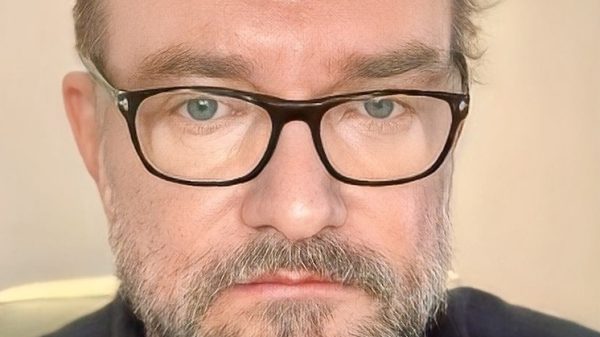
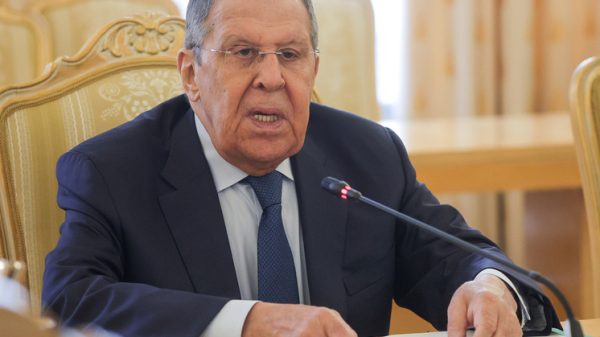





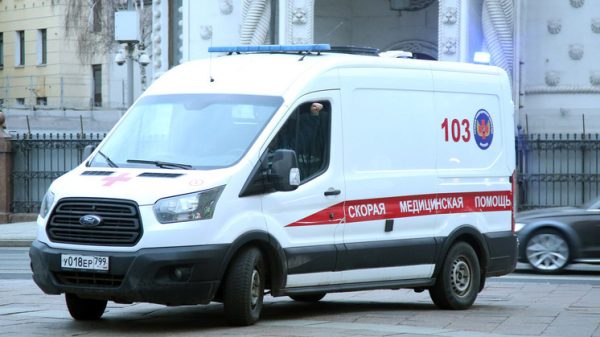

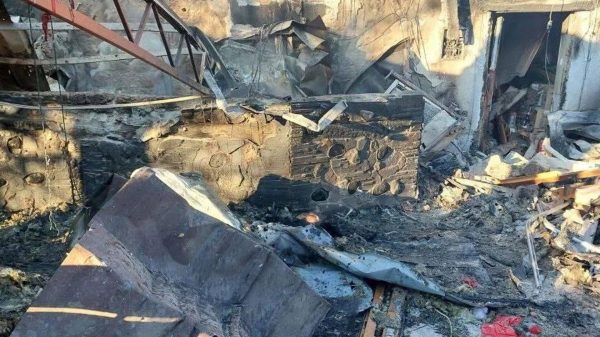
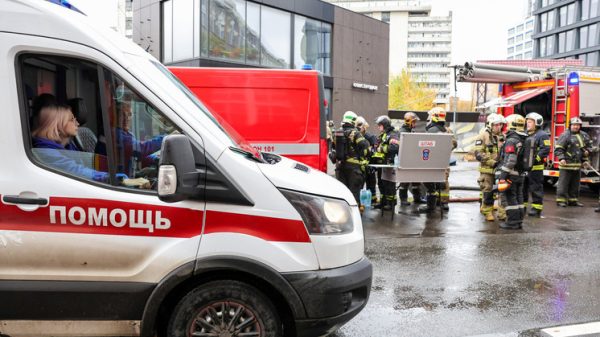
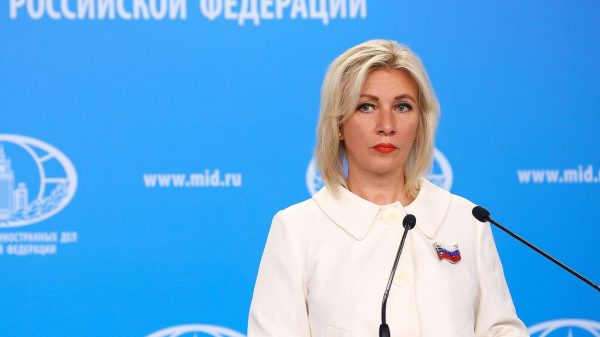
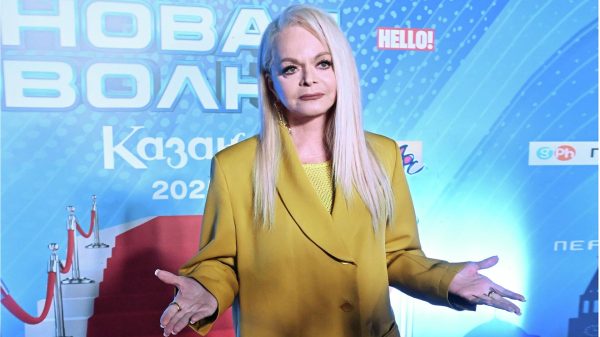



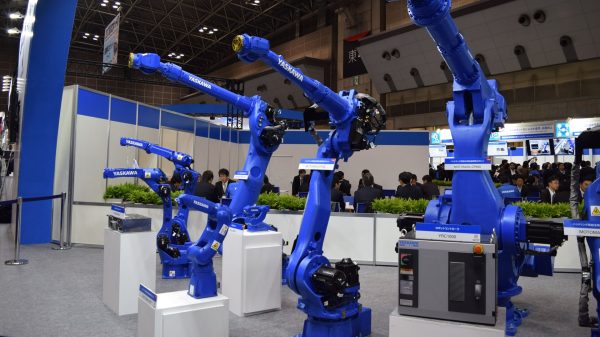
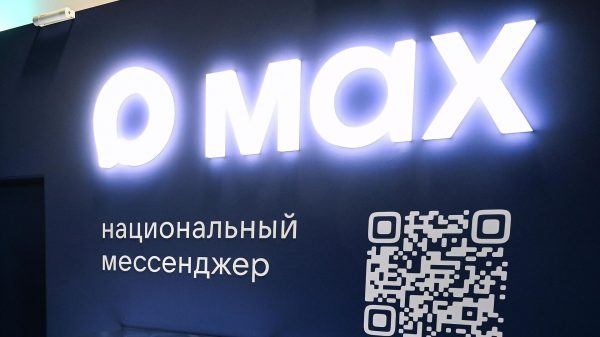
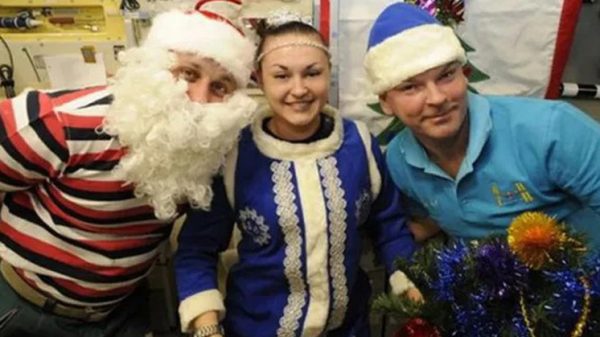

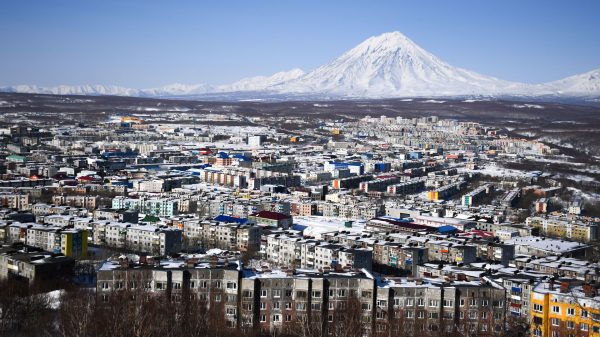











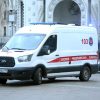



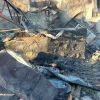
















Свежие комментарии